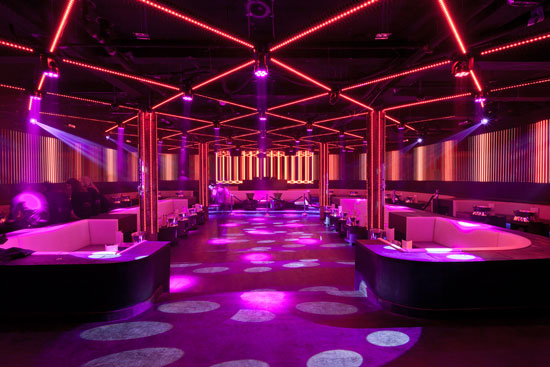A Transformative Impact of Luminance in Improving Dance Surface Beauty
Wiki Article
Lighting plays a crucial role in shaping the ambiance of a dance floor. It can change a simple space into an thrilling environment that boosts the overall encounter for performers and audience alike. The right lighting can affect the vibe, energy, and even the type of the dance being executed. By using various types of lighting, such as focused lights, colored illumination, and flashing lights, event planners can establish a lively setting that engages the spectators and encourages involvement.

One of the primary functions of lighting on a dance floor is to highlight the performers. Spotlights can be used to direct attention on solo dancers or teams, making them the focal point of attention. This method not only displays their actions but also adds a dimension of theatricality to the show. When dancers are lit properly, their facial expressions and skills become more visible, allowing the audience to value their skills. This focused lighting can also help to create a narrative, guiding the audience through the performance.
In furthermore to highlighting performers, colored illumination can greatly affect the mood of the dance floor. Various colors elicit varied feelings; for instance, warm colors like red and orange can create a sense of excitement and energy, while cooler colors like blue and green can promote tranquility and ease. By thoughtfully using colored lights, organizers can manipulate the environment to match the concept of the occasion or the type of the dance. This thoughtful approach to lighting design can enhance the overall experience for all involved.
Flashing lights and other active lighting features can also add thrill to a dancing area. These features can generate a sense of beat and movement that complements the music being played. When timed with the rhythm, flashing lights can make the dancing area feel alive, encouraging dancers to move in time with the flashing lights. This connection between light and sound can boost the vitality of the occasion, making it more enjoyable for both dancers and audience. The use of such features requires thoughtful planning to ensure they enhance rather than divert from the performance.
Ultimately, the complete design of the lighting setup is essential for creating a unified aesthetic on the dance floor. A well-thought-out lighting plan considers the layout of the space, the type of performance being executed, and the spectators' experience. By integrating various lighting techniques, such as background lighting, highlighting, and click this link here now unique features, organizers can create a aesthetically impressive setting. This attention to detail not only enhances the performance but also creates a memorable impact on the audience, making the event memorable. In conclusion, the transformative influence of lighting is essential in enhancing dance floor aesthetics, establishing an engaging and pleasurable encounter for all.